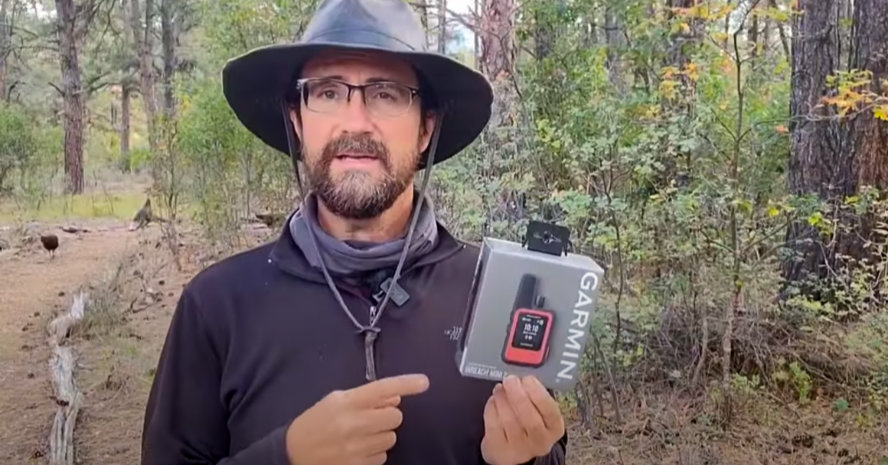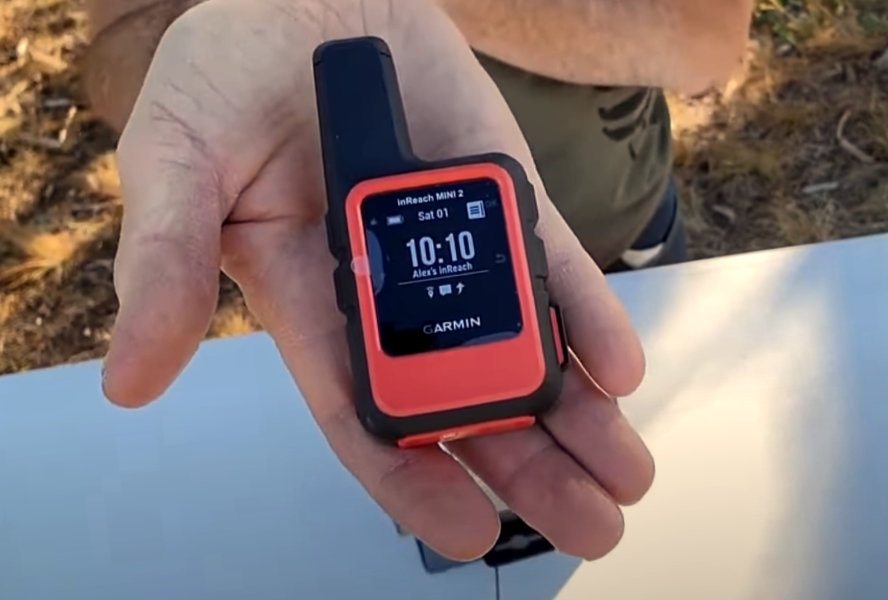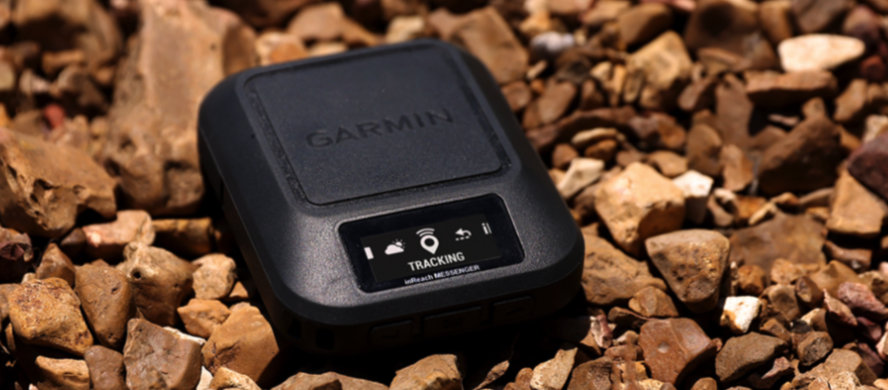
BACK IN APRIL WE EXPLAINED PERSONAL LOCATOR BEACONS (PLB), gave reasons you might want one, and reviewed three versions of them. To freshen your memory, PLBs are pocket sized devices that use satellite networks to send a distress signal and your GPS coordinates to a response center which relays the information to local rescue resources.
Since PLBs use satellites they can work far from cellular connections — as long as you have a sufficiently clear view of the sky. That means you can connect to help when you boondock, hike, or whatever far off the grid.
Personal Locator Beacons range from simple single-function units that send only an SOS and your location, up to multi-function two-way communicators with multi-party messaging, route mapping/planning, and GPS.
Besides the cost of the PLB, higher featured devices require an activation fee and some type of subscription plan. The good news is that the plans have become more flexible so that those with simple and infrequent needs aren’t required to pay as much as hard core, year-round, wilderness adventurers.
Since most vehicle dwelling nomads fall at the simpler needs end of the scale, we’re going to look at the Garmin InReach Mini 2 and the InReach Messenger. Both provide more capabilities than the ACR ResQLink, which is a one-way, send-all-the-troops, panic button, but these two Garmins don’t have some features the top end InReach units have — and that most of you probably won’t need.
I won’t be quoting any prices, because they change

Garmin InReach Mini 2
With the 3.5 ounce Mini 2 you can send interactive SOS; receive weather conditions; share your locations with others; send and receive text messages to SMS, email, and other InReach devices; and send and receive group messages. The Mini 2 also provides point-to-point navigation and TracBack, which helps you retrace your steps. What’s more, there’s a digital compass.
The Mini 2 is also compatible with several smartphone apps: Garmin Explore, Garmin Pilot, and Garmin Messenger, the last of which has the capability to automatically switch between wifi, cellular, and satellite — whichever is strongest.
Of course, none of this is of any use if the battery is dead. That shouldn’t be a problem. Here’s what Garmin claims about the Mini 2’s rechargeable internal lithium-ion battery:
Up to 14 days at 10-minute tracking send interval with standard activity recording with full sky view; up to 4 days with moderate tree cover (default)
Up to 5 days at 10-minute tracking send interval with high detail activity recording with full sky view; up to 2 days with moderate tree cover
Up to 30 days at 30-minute tracking send interval with standard activity recording with full sky view; up to 10 days with moderate tree cover
Up to 1 year when powered off
As you can see, there’s a lot of useful features in this compact PLB. Two-way communication allows you give emergency personnel relative information about your situation so they can respond appropriately. Are you broken and bleeding at the bottom of a cliff? Are you lost and freezing? Are you trapped by a flood? Is your vehicle on fire? Are you suffering from a medical condition? Meanwhile, being able to communicate with family and friends via text lets you fill them in on your status, or to get assistance from them that doesn’t require professionals. “Dude, can you come pull me out?”

Garmin InReach Messenger
If your main concern is summoning help and keeping others updated on your status, then the less expensive InReach Messenger might serve your purposes quite well. It has a small screen, and needs to be paired with your smartphone to run the apps the enable some of its features, but it can still get you out of a jam.
It has all the capabilities of the Mini 2 except maps and memory, point-to-point navigation, a compass, and compatibility with the Explore and Pilot apps. A big plus is that its rechargeable internal lithium-ion battery lasts much longer:
Up to 28 days with a message or location sent every 10 minutes with full sky view; up to 14 days with moderate tree cover
Up to 6 days with a message or location sent every 2 minutes with full sky view; up to 3 days with moderate tree cover
Up to 46 days with a message or location sent every 30 minutes with full sky view; up to 23 days with moderate tree cover
Up to 1 year when powered off
Choice of Plans
Garmin offers a choice of two plans: Freedom Plans, which are month-to-month, with the ability to suspend service when you don’t need it. This is good for those who need the service only occasionally or seasonally. But the flexibility cost a little more. The Annual Contract Plans are year round and cost less. These make make sense if you want to be able to call for help at any time.
Under those plans there are three sets of features: Safety, Recreation, and Expedition. They differ in which features are unlimited, which are limited (and by how much) and which incur additional fees. You have the option of switching levels back and forth as needed.
This can sound complicated, so go to the Garmin site for charts, videos and explanations. Then you can decide which plan works for you.

Search and Rescue Insurance
So, let’s say you have an emergency, you push the SOS button, and a bunch of dedicated professionals locate you, possibly render emergency medical aid, and need to transport you back to civilization and a hospital, perhaps by air, and tow your vehicle to a mechanic. That ain’t free. And that ain’t covered by your PLB fees.
That’s what Search and Rescue insurance is for. As Garmin explains:
Search and rescue (SAR) insurance plans offer financial reimbursement for qualified search and rescue related expenses. SAR insurance coverage requires the use of a supported device with an active subscription to report an emergency that warrants search and rescue to the Garmin Response center (such as triggering an SOS on your inReach device). Reimbursement of covered rescue expenses is based on the selected SAR insurance plan. The SAR 100 and SAR High Risk insurance plans include up to $100,000 USD in reimbursement for covered rescue costs and a $5,000 USD accidental death and dismemberment benefit. The SAR High Risk plan also includes coverage for qualified rescue expenses resulting from participation in specified activities that are not covered by the SAR 100 plan.
I don’t know whether $100,000 would cover the expense of a typical rescue, but it would be $100,000 you didn’t pay. Go here for more information.
Conclusion
A Personal Locator Beacon is one of those things you get but hope you’ll never need. You know the old saying, though: It’s better have it and not need it than to need it and not have it. Personally, my Nothing Bad Ever Happens to Me attitude has served me so far. Knock on wood. But I’m a crazy old man. Bob has a PLB. Brian has one. I should, too. What about you?
